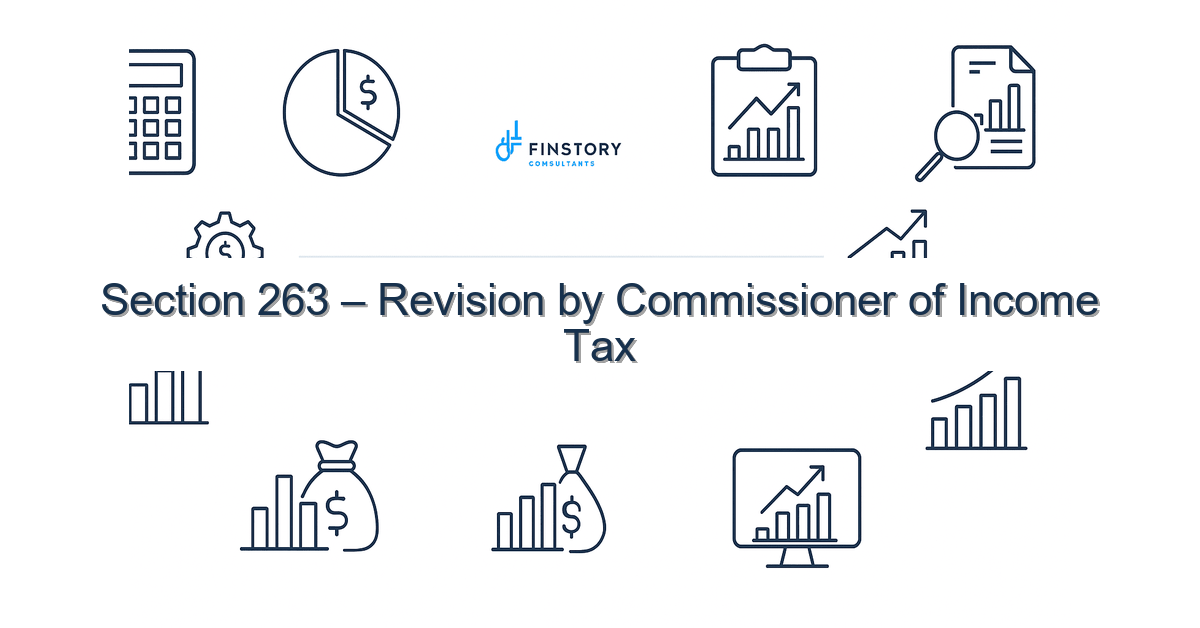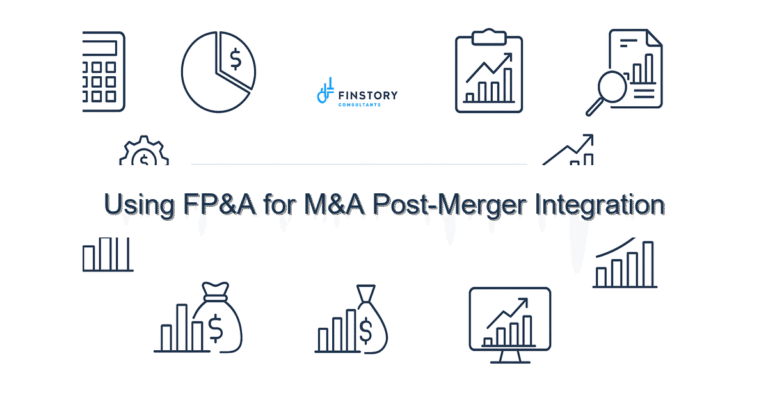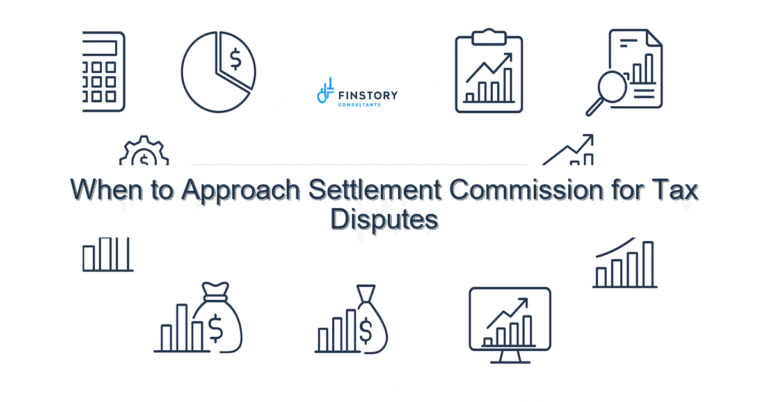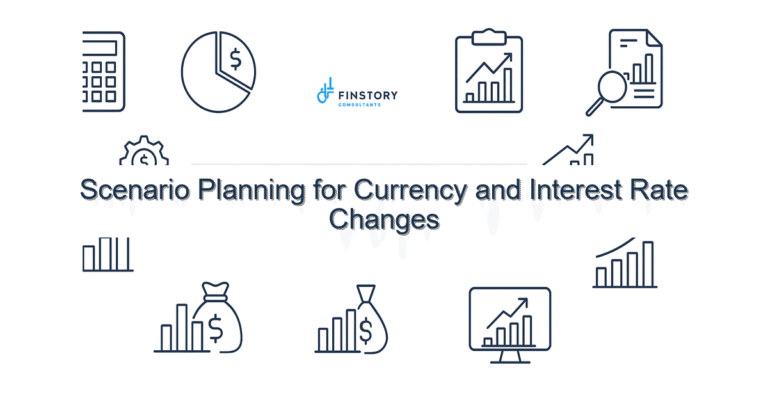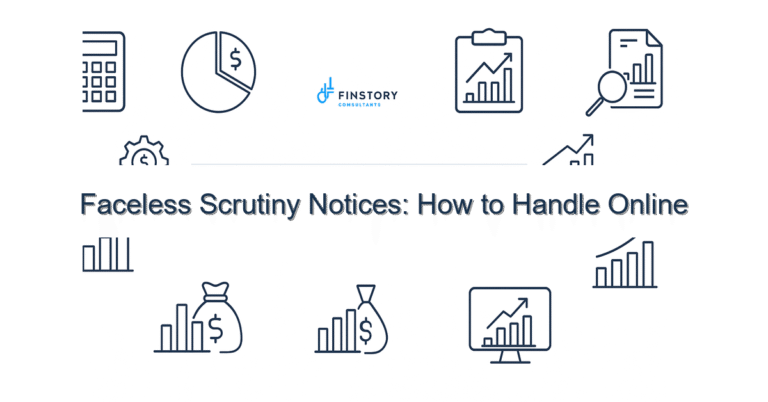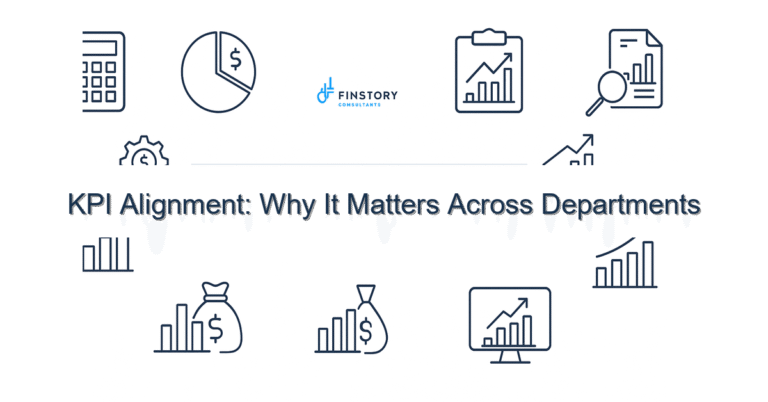Section 263 – Revision by Commissioner of Income Tax
Getting a notice or an order that your assessment is being reviewed can be stressful. Many salaried professionals, founders and MSMEs feel lost when they see words like “revision” or “prejudicial to revenue.” You’re not alone — but you do have clear options.
Summary: Section 263 allows the Commissioner of Income Tax to revise an assessment order that is “erroneous and prejudicial to the interests of the revenue.” The Commissioner must issue a show-cause notice and act within prescribed timelines. If handled smartly, taxpayers can avoid increased tax demands and protect refunds.
What’s the real problem in India?
Tax administration in India uses many technical terms — AY/PY (Assessment Year/Previous Year), CBDT timelines, orders under sections like 143(1) or 143(3) — and that makes notices feel opaque. A Section 263 revision is administrative supervision, not a routine appeal. Mistakes here often stem from mismatched records, overlooked TDS/TCS credits, and misunderstanding procedural deadlines.
- Symptom: You get a show-cause notice from the Commissioner questioning an earlier order.
- Symptom: The notice cites “erroneous and prejudicial” findings without clear explanation of facts considered.
- Symptom: AIS/26AS or Form 26AS mismatches with what your employer / bank has reported (TDS/TCS issues).
What people get wrong
Too many taxpayers assume a Section 263 notice means automatic penalty or reassessment. Common mistakes include:
- Ignoring the show-cause deadline or responding without supporting documents.
- Thinking the Commissioner can rewrite assessments freely — in fact, revision requires the earlier order to be “erroneous and prejudicial” and the taxpayer must be given a chance to be heard.
- Not checking AIS/26AS and TDS/TCS records before replying — mismatches are easy to fix if caught early.
- Failing to point out plausible alternative views taken by the assessing officer (AO). If the AO had a plausible view, a revision may be invalid.
A better approach
Think of Section 263 as a checkpoint, not a punishment. A structured response protects you and can often close the matter without additional tax demand.
- Read the notice carefully and identify the specific grounds for “erroneous and prejudicial” — is it fact, law, or procedure?
- Pull key data: assessment order (u/s 143/143(3)), AIS/26AS, TDS/TCS certificates, bank statements and ITR filed (remember ITR filing last date implications if late filing affects interest/penalty).
- Prepare a point-by-point reply with documentary evidence and legal/administrative precedents supporting the AO’s view or showing absence of prejudice.
- Request a personal hearing if the notice allows; present reconciliations (TDS/TCS, capital gains indexation computations, etc.).
- If needed, escalate to appeal after the Commissioner’s order (keep timelines in mind for filing appeals under the relevant sections).
Real-world note: A founder I advised had a Section 263 notice over claimed R&D deductions. A two-page reconciliation referencing AIS/26AS and notified records led the Commissioner to confirm the original order, avoiding a 30% additional demand and saving months of compliance time.
Quick implementation checklist
- Open the Commissioner’s notice immediately and note the response/hearing deadline.
- Download the assessment order, ITR filed, AIS/26AS, and all TDS/TCS certificates for the AY/PY in question.
- Reconcile TDS/TCS figures with bank credits and employer/clients’ certificates.
- Prepare a short cover letter replying to each point in the show-cause notice.
- Attach documentary evidence: invoices, contracts, bank statements, Form 16/16A, capital gains indexation worksheets (if applicable).
- If the issue is legal interpretation, cite relevant case law and explain plausible AO view (don’t concede prematurely).
- File the reply on record and request a hearing; note down the acknowledgement number or delivery proof.
- Track the file on the e-filing portal and keep copies of all communications.
- If the Commissioner issues an order, evaluate grounds for appeal and start preparing within the appellate time limit.
- Consider professional help if potential demand or penalties are significant.
What success looks like
- Clear outcome with no additional tax demand or reduced demand (refund preserved).
- Lower number of notices in subsequent years due to reconciled TDS/TCS and clean AIS/26AS.
- Faster resolution — hearings closed within weeks instead of months.
- Reduced risk of penalties and interest by correct procedural compliance.
- Better documentation practice for future claims (e.g., claiming deductions under Section 80C limit or capital gains indexation calculations).
Risks & how to manage them
Risk: Commissioner may confirm revision and increase tax demand or initiate penalty. Manage it by early, evidence-backed replies and asking for a hearing.
Risk: Missing a timeline for appeal. Always note appellate timelines and file extensions or appeals as appropriate.
Risk: Technical errors in your ITR (e.g., mismatch in income under new vs old regime slabs or incorrect TDS credit). Mitigate with a pre-filing AIS/26AS check and reconciliation.
Tools & data
Use these routinely when responding to a Section 263 notice:
- AIS/26AS for consolidated TDS/TCS/TCS credits and reported transactions.
- Income Tax e-filing portal to access assessment orders, notices, and file replies.
- TDS/TCS tracking tools or your accounting software to reconcile credits and prevent future mismatches.
- Capital gains calculators (with indexation) when securities or property transactions are questioned.
- Checklists and templates for show-cause replies and hearing notes ([link:ITR guide], [link:tax-saving tips]).
FAQs
Q: What exactly triggers a Section 263 revision?
A: When the Commissioner believes an assessment order is “erroneous and prejudicial to the interests of the revenue.” The Commissioner must call for records and issue a show-cause notice before revising.
Q: Can the Commissioner change factual findings of the AO?
A: Only if the AO’s order is shown to be erroneous and prejudicial. If the AO took a plausible view after enquiry, the Commissioner should not substitute his opinion.
Q: How long does the Commissioner have to pass a revision?
A: There is a statutory timeline starting from receipt of the order by the Commissioner linked to the relevant AY/PY; CBDT timelines and extensions may apply. Always check the date on the notice and respond promptly.
Q: Will a Section 263 order affect my ITR filing last date or other filings?
A: The revision itself doesn’t change ITR filing deadlines, but any resulting demand, penalty, or rectification may require amending returns or affecting carry-forwards, so reconcile and act quickly.
Next steps
If you’ve received a Section 263 notice or want to proactively check your filings (TDS/TCS, AIS/26AS, capital gains indexation formulas, Section 80C limit claims, or tax planning under new vs old regime slabs), it helps to get expert eyes on it.
Work with Finstory. Speak with an Expert for a personalised plan to reduce your tax outgo and stay compliant. Book a free 20-min consultation.
📞 Need help with Income Tax in India?
Book a 20-min consultation with our tax team. Individuals, founders & MSMEs welcome.
Prefer email or phone? Write to info@finstory.net
or call +91 44-45811170.
